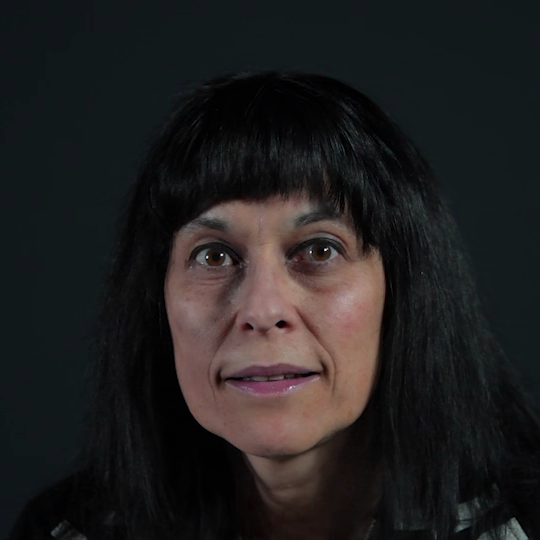Maria Angela Turchetti
A glorious past has changed the landscape
Our site saves small pieces of text information (cookies) on your device in order to deliver better content and for statistical purposes. You can disable the usage of cookies by changing the settings of your browser. By browsing our website without changing the browser settings you grant us permission to store that information on your device. I agree
This icon identifies the places described in the “Paesaggi Narrativi” (Narrative Landscapes)
This one, on the other hand, identifies the areas in the “Paesaggi del Benessere” (Landscapes of Wellness)
Check out this symbol which gives you a 360-degree view of the amazing landscapes
Chiusi is an Etruscan “El Dorado” just waiting to be discovered. It also offers important traces of its medieval past, the lake, various museums (the National Etruscan, Cathedral, City Labyrinth museums), tombs and catacombs. Layers of history which, at the time of Pope Pious II, were only hidden, a period of decline, linked to the transformation of the Chiana into a marsh and malaria. But the immense wealth of the past had no problem emerging. And there really is a labyrinth, just not the one in Lars Porsena’s mausoleum, but rather the one in the Etruscan aqueduct with an underground lake, covered over by a Roman cistern. It has been partly unearthed by volunteers and you can now explore quite a long section, viewing the furnishing of a building, documentation about the lake and an endless collection of funerary urns with inscriptions, perhaps the largest of its kind. The lake is also an artefact, testifying to the existence of an immense marsh before the land was reclaimed which was only completed in modern times. Even Leonardo da Vinci worked there as shown by his drawing of the Val di Chiana. The task was entrusted to him by Machiavelli. Today, you set off from the lake to walk along the Val di Chiana path or go to the local restaurants to try some brustico: freshly caught fish, roasted on a fire made of lake reeds.
It was the most powerful of the dodecapolis (“twelve cities”) in central Italy. It was no coincidence that Mustiola sought refuge here. It is still the most important city north of Rome and has sustained the Christian cult since the 3rd century. The prestige of Chiusi also remained in the early Middle Ages when it became the seat of a Lombard duchy and a diocese, then the county seat after the conquest of the Franks. After all, when Chiusi was under the rule of Matilda of Tuscany, it produced figures like the jurist Gratian, founder of canon law, who apparently was born in nearby Ficulle, around 1080. There was evidently an important school of jurists here. When the Chiana turned into a marsh, it marked its rapid decline until it lost its importance and was subjected to the dominion of Orvieto, then of Perugia and finally, of the Republic of Siena, from the fourteenth century. The central role of Chiusi in the road system has been revived now. The waterway has been replaced by a motorway and railway and it is starting to attract high speed trains. Montallese, Scalo and other small villages (such as Macciano, Montevenere, Querce al Pino) complete the overall picture of an important city which has lost the air of prestige it once possessed, but only externally. Such an enormous wealth of history and architecture could not go unnoticed for long and now fills not only local museums, but also museums all over the world, as well as being on view when you visit Chiusi.

A glorious past has changed the landscape

The rise and fall of a power

A lake, a community, a host of passions

A glorious past has changed the landscape

The rise and fall of a power

A lake, a community, a host of passions